What Is Paid Social Media Marketing?
Paid social media marketing is a technique of displaying advertisements or sponsored marketing messages on popular social media platforms, and targeting a selected sub-audience. Pay-per-click advertising, branded or influencer-generated content, and display ads are all samples of paid social media.

Every social media channel is different. Twitter proposes short and simple content, Instagram emphasis heavily on visual-based content, Facebook created its own marketplace, and LinkedIn is the home of networking professionals.
As such, paid social media on each platform differs, and will, counting on the campaign and audience.
Here, we’re going to explore some quick strategies that will help you decide how to use paid social to the benefit of your brand.
Micro Targeting People Using Paid Social Media Marketing Campaigns
1. Targeting Based On Interest for paid social media marketing

You can target people based on self-identified interests. For example, if you’re selling pet accessories, you’ll specifically target social media users who have expressed an interest in pets. Marketers performing this typically experience higher CTR (Click-Through Rate) and conversion for social advertisements than for blanket campaigns.
2. Re-marketing
You should get to grips with Remarketing lists. Remarketing involves marketing to people that have already visited your website, then promoting relevant content/offers supported the context of their visit.

A good example is Facebook Custom Audiences. Within this Facebook supports email targeting, the power to upload customer email addresses then target those users on Facebook with tailored ads. This allows you to micro-segment supported your existing customer database. An app is customer loyalty marketing, promoting offers to existing high-value users through Facebook ads.
The challenge here is to know your own audience. If you have a good CRM (Customer Relationship Management) database and can profile and segment meaningfully, then you can export highly targeted lists to social media for advertising.
3. Lookalike Audiences
The ability to upload customer lists into social advertising accounts lets you create lookalike audiences – so targeting other users on the social network who closely match your existing customers.

This taps into a core acquisition marketing principle, the aim to understand core audience profiles and then invest in campaigns that appeal to others matching those criteria.
Benefits Of Using Paid Social Media Marketing
1. Amplify Your Reach
Advertising on social media gives your brand fast and instant visibility.
Posts from relatives, friends, and family now receive the first position, so organic reach for brands on social media is declining steadily – especially on Facebook. The sheer volume of posts makes connecting together with your audience a statistical improbability.

However, paid ads are guaranteed an area within the user’s feed. Despite the noise of the larger social platform, this provides you an immediate window to drive leads, website traffic, and sales.
To achieve the greatest reach, find where your audience spends their time online.
2. Paid Social Media Marketing Fits Any Budget
Paid social media advertising may be cost-effective thanks to promoting your business.
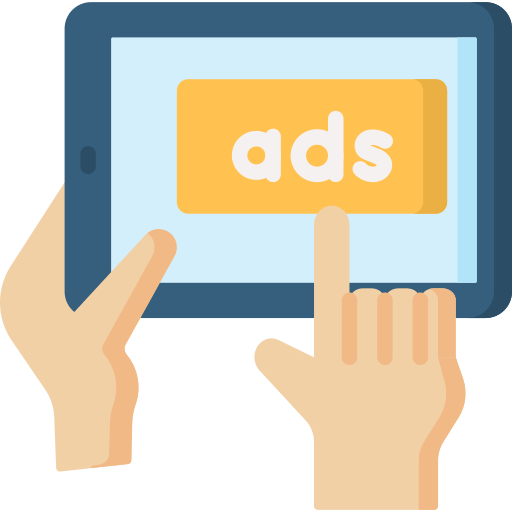
Each platform uses the pay-per-click (PPC) payment, model. This means that you simply pay as long as the user takes the action you would like.
Unlike conventional advertising, this allows you to engage with niche markets at a reduction. After a couple of ad cycles, you’ll refine your targeting to drive greater results and ROI.
Below, we see that the average price-per-click for Facebook ads across all industries is $1.72.
By comparison, the average cost per promoted Tweet is $1.35 and the average cost per 1,000 impressions on Instagram is $6.70. Though the cost is greater, Instagram boasts more engagement than other platforms, according to Forrester. If your service is visually-oriented, paying more for Instagram activities may drive better results at a lower end-cost.
When creating your advertisement budget, start with small and meager investment, and invest where you see results.
3. Enhance Your Target audience
Paid advertising on social media platforms gives you complete control and power over who sees your ad.
Each platform offers a plethora of targeting parameters. Beyond basic user demographics, you can choose from psychographic factors such as interests, hobbies, personality types, and more.

Upload a list of contacts to target, or create a lookalike audience that resembles your existing contacts. This is a strong thanks to both expand and have interaction with your ideal audience directly.
Facebook also allows you to retarget social users who’ve already visited your website. Simply install the Facebook retargeting pixel on your site and previous visitors will see ads for your company in their News Feed.
For example, Squarespace uses Facebook retargeting to promote a free 14-day trial to recent website visitors.
4. Boost Brand Awareness
Social media advertising is a cost-effective platform for creating exposure and outlook for your brand.
If your business appears in the news feed regularly, people will start to recognize you. Recognition will enhance your credibility, plus drive engagement and buying behavior.

Consider that 80% of its users follow a minimum of one brand on Instagram. Of this majority group, a minimum of 30% of users has purchased a product they found on Instagram.
When creating awareness, serve advertisements that are both informative and memorable. In the following example, UberEats uses an Instagram video to introduce its service to users at mealtime.
5. Maximize Your Content Marketing
Social media is a perfect and effective platform to distribute your best content.
According to Sprout Social, 73.4% of users follow a brand because they’re curious about its product or service. Nurture the curiosity of your followers with educational content that will transform them into qualified leads.

Aside from coaxing leads down the funnel, ads for content will help you to drive web traffic, boost engagement on social media, and improve the ROI of your content marketing.
Here we see Buffer use a Pinned Tweet to advertise their guide to scheduling Instagram posts.
6. Access Mobile Users Anytime
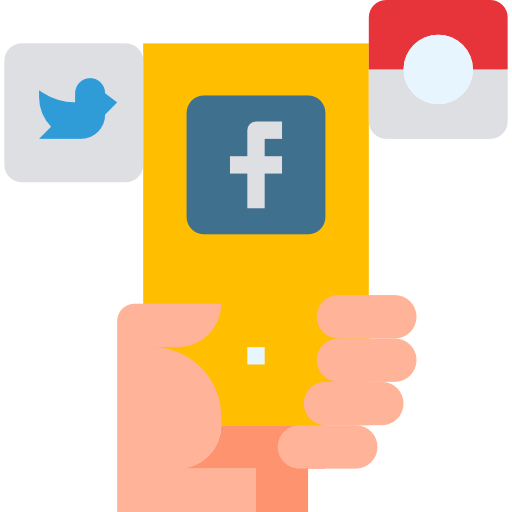
The penetration of social media advertising is unparalleled. According to Pew Research, 80% of the time spent on social media is spent on a mobile device.
When users want to seek out, know, or purchase – a social media ad campaign will assist you to succeed in your audience therein moment.
For example, TaskRabbit uses a sponsored Facebook post to appeal to mobile users’ want for efficiency and productivity.
7. Gather Market Insights
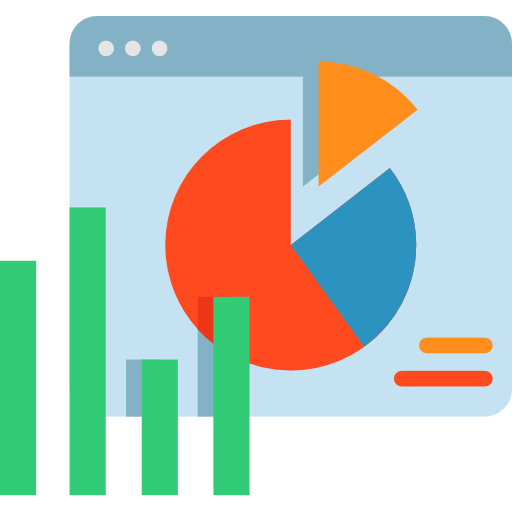
How did your audience interact with your ads? Which ad type was most popular? Did video convert better – and with whom? Use the native analytics within the social media platforms to assess and refine the performance of your ad campaign. Look to KPIs like clicks, comments, and profile visits to work out if your ads are creating an impression. Facebook Insights are the best standard of platform analytics.
Why To Choose Paid Social Media Marketing?
As organic reach on social networks continues to fall, paid social media advertising should get on the highest of your mind.
As a result, businesses of all sizes are changing their social media strategies to include paid media.

Paying for social media allows you to increase your reach, enhance targeting, and drive greater results.
Understanding Paid Social Media Marketing Options-
Ads are available on social media platforms during a few different forms. Some or all of them may apply to your business, but it’s best to be informed before investing in something as significant as an ad campaign. Facebook has the foremost opportunity supported its layout and content options, but variations across other platforms follow an equivalent basic model.
Photo Ads
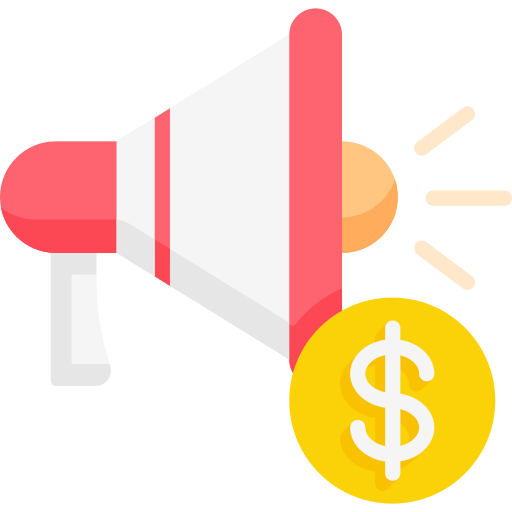
Photo ads are the foremost common sort of sponsored ad, providing how to incorporate a picture, up to 125 characters of text, and get in touch with or shop banners that direct those who click to your predetermined landing page. These ads are ideal for showcasing new products or bestsellers.
Video Ads
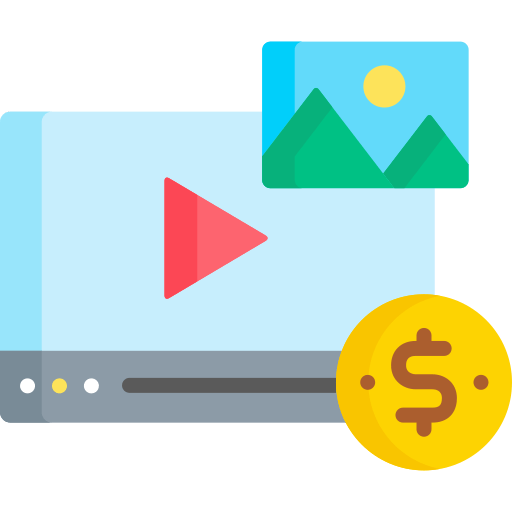
Video ads are almost like photo ads but feature video rather than images. These videos can be short, lasting a few seconds, or up to 240 minutes based on your preferences. Video can be a great way of explaining products or services, featuring more in-depth product information, or tying a campaign in with an existing video spot. While long options are available, most advertisers see the greatest success with videos under 15 seconds.
Carousel Ads

Carousel ads provide the chance to point out a set of up to 10 videos or images. These ads are most beneficial when wont to showcase a product collection, provide step-by-step instructions, or present a couple of different service packages or style options for one item to maximize the amount of information available.
Slideshow Ads
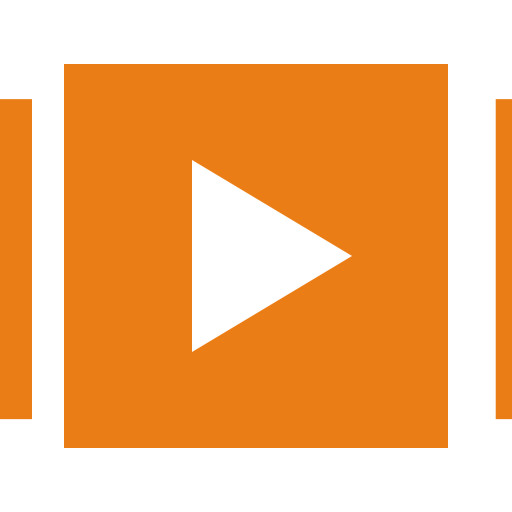
Slideshow ads essentially combine photo and video ads to make a slideshow out of static images. This method allows users to attract the same kind of attention as a standard video ad without requiring the time or effort necessary to produce a short movie. Make sure all images have a theme, like the products in your bestselling collection or the destinations your travel agency covers.
Messenger Ads
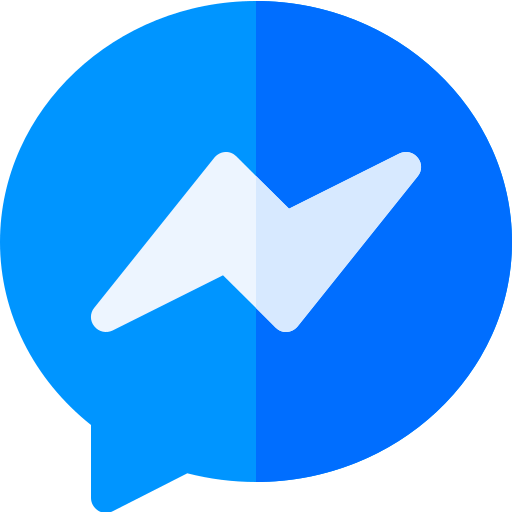
Messenger ads are similar to standard photo ads but appear on the Facebook Messenger home screen as opposed to in a standard feed. This is a good way to encourage customers to reach out to you with questions and comments but is less effective in stimulating sales. To improve efficacy, consider targeting only those who have messaged you in the past.
Live Stories
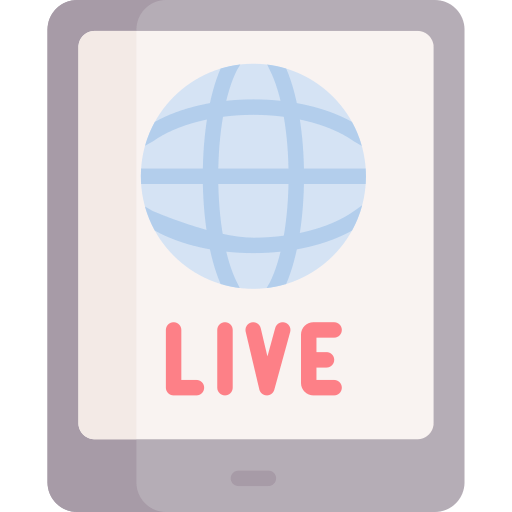
An option on Instagram that spread to Facebook, this ad choice leads to a photograph or video clip that’s available for twenty-four hours just for those that prefer to view. Stories are often posted by your brand free of charge or targeted to an audience almost like the other ad. As live stories are short-lived, this is best for timely communications.
Creating Paid Social Media Marketing Campaigns-
In crafting any campaign, free or paid, it’s important to start with the basics: what do you want to achieve? In general, these goals should align with what you are trying to accomplish with other areas to marketing, but may vary depending on how your business is choosing to structure tactics for growth or development. As you decide what you want to accomplish, keep these best practices in mind.
1. Know Your Audience
Who you want to shop from you and who actually spends money with you can vary, so be sure you’re being realistic.
2. Create Measurable Goals
Whether you want more followers or you want to boost click-through rates, know what you want and how you plan to evaluate success.
3. Choose Content That Resonates
Any old picture isn’t good enough to be an ad. Instead, focus on eye-catching images and videos that send a positive and interesting message.
4. Set A Budget For Paid Social Media Marketing
Know how much you can spend, the best places to spend, and your desired return on investment.
5. Use Organic Posts As Guidance
You likely already posted on social media on your business pages, so use your organic top performers as a foundation. If no one likes your posts about your store redesign on your Facebook page, you likely won’t see different results should you promote them.
6. Measure Results
You won’t know the true impact of your ads unless you stay on top of metrics and analytics. Numbers don’t lie and therefore the objective input they supply is incredibly important.
Taking the leap into social media advertising is often overwhelming, but the advantages are substantial and therefore the returns you receive on your investment are often significant. With the right strategy, it’s possible to see amazing results – without breaking the bank.
Frequently Asked Questions-
ANS Promote affiliate products. No matter what industry you’re in, you’ll find great products to market on ClickBank. …Create and promote your own information products. …
Promote products and services. …
Use visual media to promote your crafts. …
Promote your coaching or consulting services. …
Join the YouTube Partner Program.
ANS Paid social is an excellent way to boost brand awareness. The more often your business appears in a user’s newsfeed, the more likely they are to remember you. Such recognition can lead to enhanced credibility and increased engagement, which can ultimately lead to sales.
ANS Social media marketing is any social media activity you’re taking that’s unpaid. If you’re posting about your blogs, sharing info with your followers, or commenting in social media groups, you’re marketing. Social media advertising is any action you’re taking on social media that’s paid.

